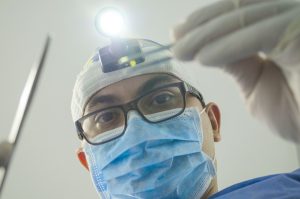 By: Chase Howard
By: Chase Howard
Like most medical practices and businesses in Florida, dental practices have been deemed non-essential except for emergency type services. For good reason, non-life threatening care, surgeries and services are put on hold to help curb the spread of COVID-19, which has left providers with the question of what they can do to maintain and treat patients remotely.
Recently, the American Dental Association (ADA) provided helpful guidance on the difference between emergency and nonemergency care, as well as the use of teledentistry.
Teledentistry is the use of a telehealth system through a variety of different technologies to deliver virtual health services, including dentistry.
Telehealth includes live video (synchronous), store and forward (asynchronous), remote monitoring, and mobile health. Live video is a live, two-way transmission of audiovisual telecommunications. Store and forward is a recorded file of the patient’s health information. Remote monitoring allows a provider to track patient health data through the use of devices which transmit data to a portal which the provider can securely access. Mobile health is the use of personal devices to share health information and education.
The ADA has echoed local governments calls to alleviate the pressure on emergency services by having healthcare professionals postpone all elective services and non-emergency care. The ADA put forth guidance to help individuals and dentists determine what constitutes a dental emergency, which includes issues that are potentially life threatening and require immediate treatment. Immediate treatment would include stopping bleeding or treating severe pain, infections, or conditions. A more complete guide can be found here.Continue reading
